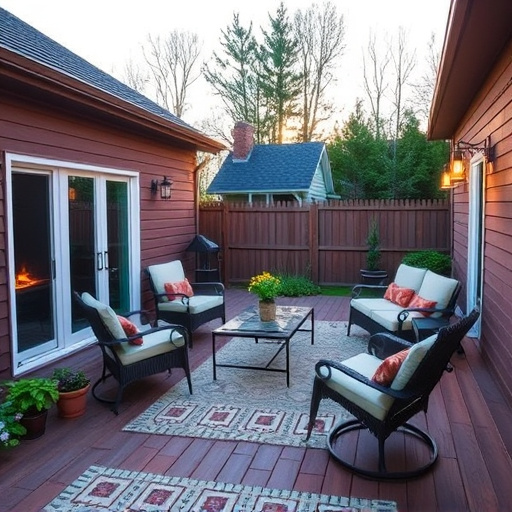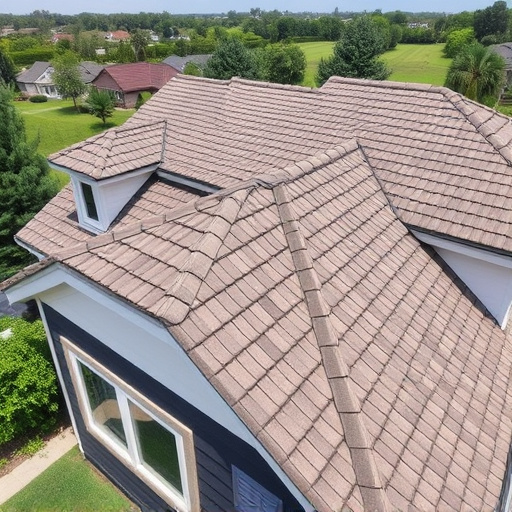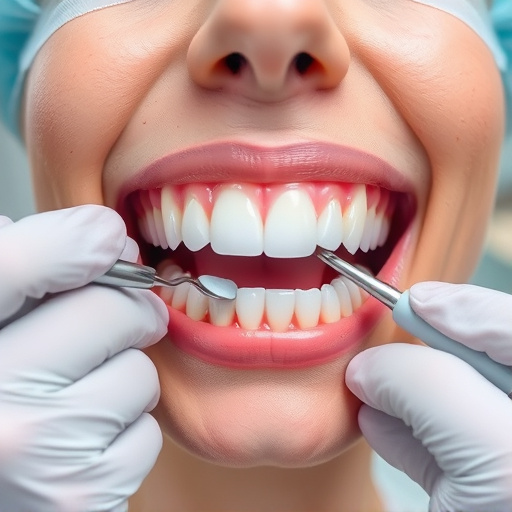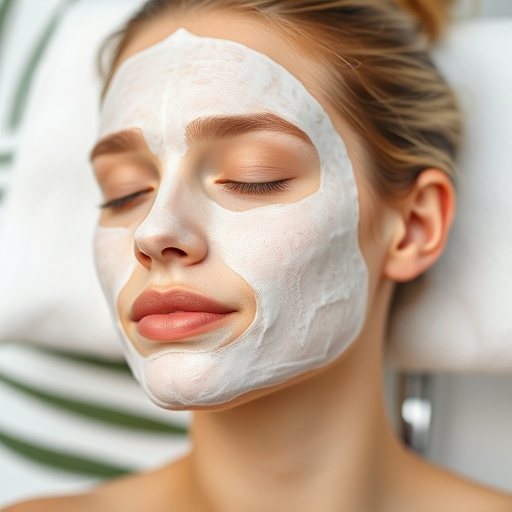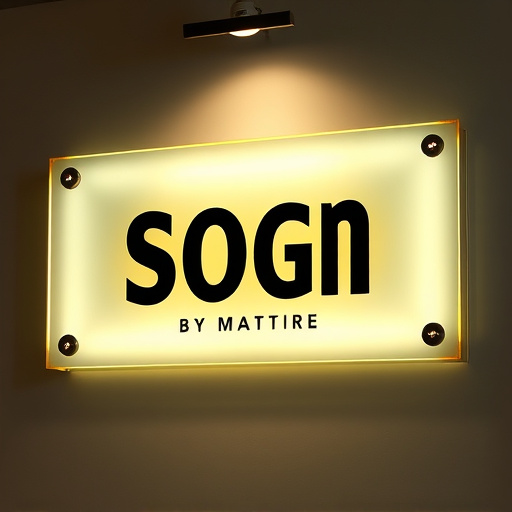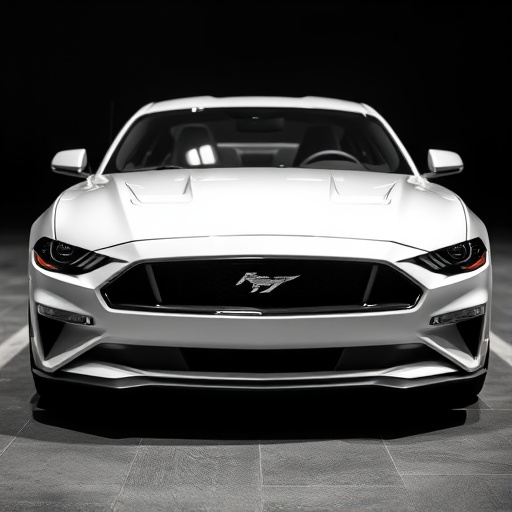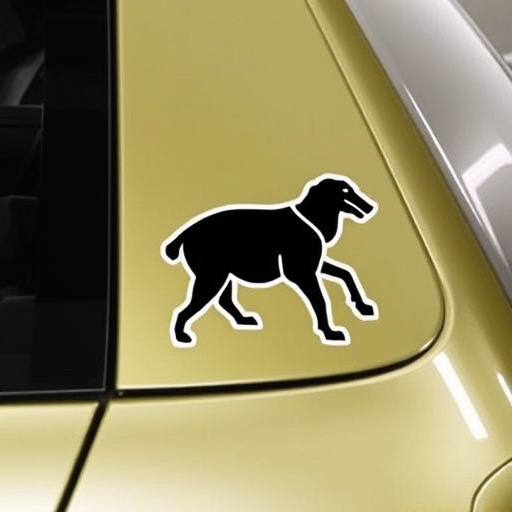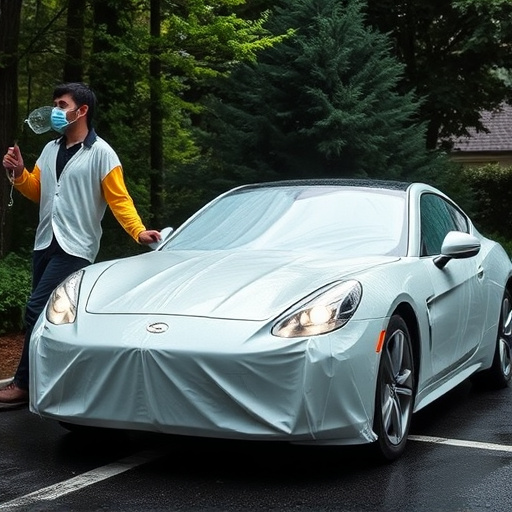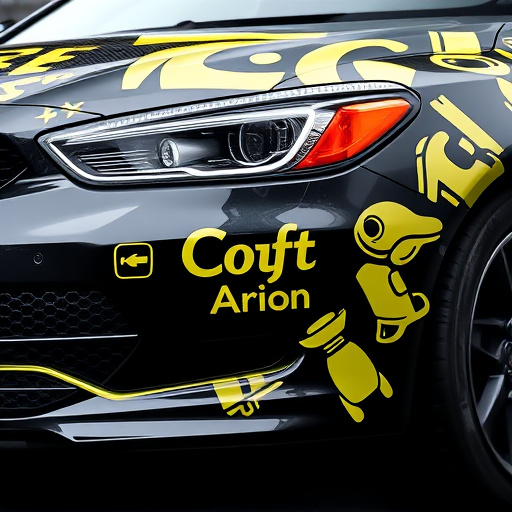Heat rejection tinting is an innovative technology that combines advanced materials and precise engineering to maintain comfortable indoor environments while preserving natural light. Specialized dyes and metalized layers in window tint films absorb or reflect significant amounts of solar heat, reducing the workload on air conditioning systems and enhancing energy efficiency. These films also offer scratch protection and are available in various options for both residential and commercial use, including custom graphics and minimal visual distortion. In hot climates, heat rejection tinting provides cost savings, preserves space brightness, minimizes heat gain, and protects furnishings from UV damage, making it a game-changer for sustainability and indoor comfort.
Discover the transformative power of heat rejection tinting, a cutting-edge technology designed to preserve natural light while mitigating solar heat gain. This innovative approach offers a balanced solution for indoor environments, enhancing comfort and energy efficiency. By understanding the science behind it—how it blocks harmful UV rays and reduces overheating—you’ll explore its diverse benefits, from improved visual comfort to cost savings. Get ready to learn how this technology can revolutionize your space.
- Understanding Heat Rejection Tinting: The Science Behind It
- Benefits of Heat Rejection Tinting for Indoor Spaces
- Implementing Heat Rejection Tinting: Considerations and Options
Understanding Heat Rejection Tinting: The Science Behind It
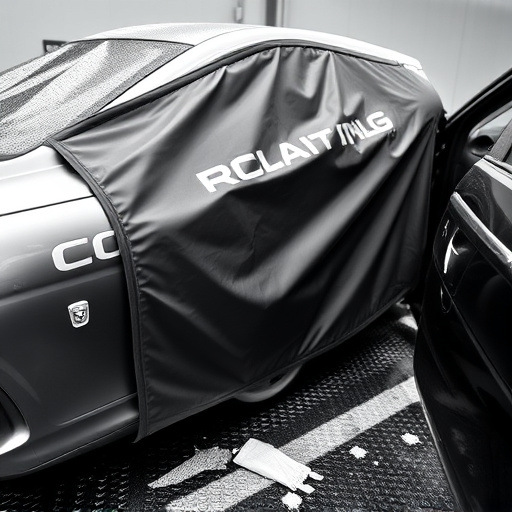
Heat rejection tinting is a cutting-edge technology that plays a pivotal role in maintaining a comfortable indoor environment while preserving natural light. The science behind it involves advanced materials and precise engineering. These window tint films are meticulously designed to block or absorb significant amounts of heat from entering buildings, which reduces the workload on air conditioning systems.
By using specialized dyes and metalized layers, these tints reflect high-energy infrared rays back into the atmosphere, preventing them from absorbing into the building’s structure. This process not only keeps interior spaces cooler but also enhances energy efficiency. Moreover, heat rejection tinting offers scratch protection, ensuring the longevity of car windows or even premium automotive services for custom vehicles, maintaining their aesthetic appeal and structural integrity over time.
Benefits of Heat Rejection Tinting for Indoor Spaces
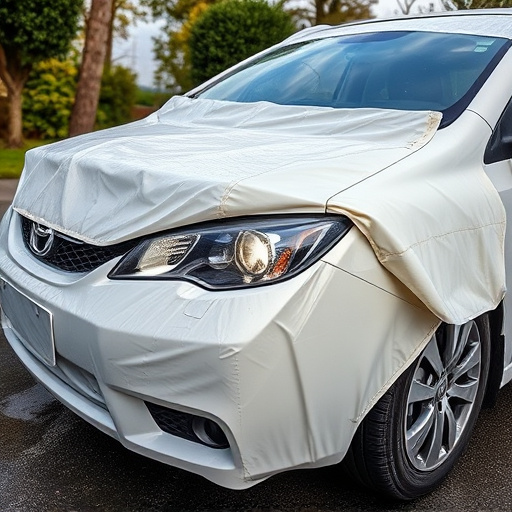
Heat rejection tinting offers numerous benefits for indoor spaces, enhancing comfort and energy efficiency. By blocking out a significant portion of solar heat, these specialized window films reduce the need for air conditioning, leading to lower energy consumption and cost savings. This is particularly advantageous in regions with hot climates or for buildings aiming to achieve sustainable practices.
Moreover, heat rejection tinting preserves natural light, allowing indoor areas to benefit from the day’s sunlight without experiencing excessive warmth. The high-quality finishes of these window films ensure minimal visual distortion, maintaining the aesthetic appeal and brightness of spaces. Custom graphics and paint correction services can also be incorporated, providing additional design flexibility while still enjoying the energy-saving and lighting preservation advantages of heat rejection tinting.
Implementing Heat Rejection Tinting: Considerations and Options
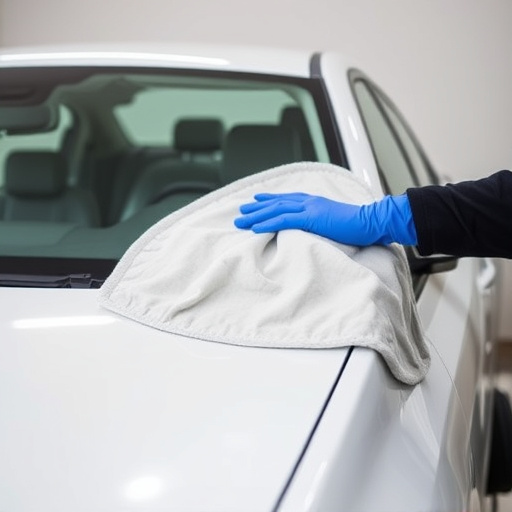
Implementing heat rejection tinting offers a range of benefits for both residential and commercial spaces, particularly in regions with extreme climates. When considering this option, several factors come into play to ensure optimal results. The primary goal is to preserve natural light while minimizing heat gain, which can be achieved through various window tinting films. These films are designed to block harmful UV rays, ensuring enhanced interior comfort and protecting furnishings from fading.
In terms of options, the market offers a spectrum of choices. From metalized films that reflect heat back towards the window to dye-based tints that absorb it, each has its advantages. For example, car customization enthusiasts often opt for custom vehicle wraps with specialized tinting that can dramatically transform a car’s appearance while providing excellent UV protection. Similarly, building owners can select from different levels of opacity and reflective properties to suit their needs, creating a balanced indoor environment.
Heat rejection tinting is not just a trend but a practical solution for enhancing indoor comfort and preserving natural light. By understanding the science behind it, recognizing its benefits, and considering implementation options, homeowners and designers can create vibrant, energy-efficient spaces that offer a pleasant environment throughout the year. This innovative technology allows us to embrace outdoor ambiance while maintaining optimal interior conditions, making it a valuable tool for modern architecture and sustainable living.

